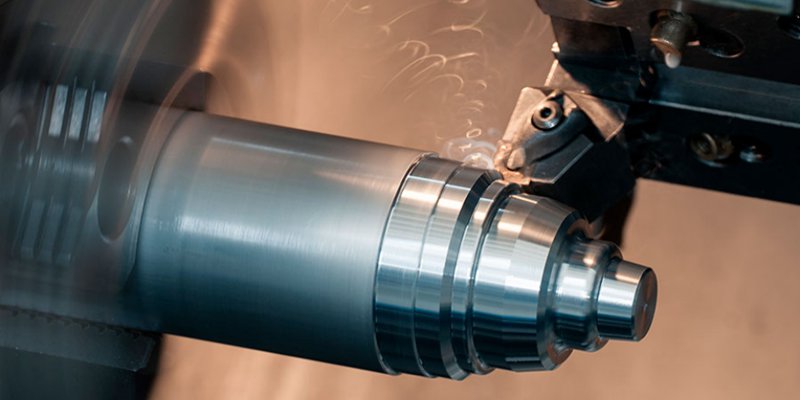- July 12, 2022
Steel is one of the most used metals globally today. That’s not at all surprising, considering the several benefits of the metal. Industrially, manufacturers employ different metal machining services to meet product design specifications and requirements.
One of these machining services is steel CNC machining. This highly automated process is one of the most versatile ways to manufacture steel parts. However, several factors come into play for machining steel.
This article contains all you need to know about CNC steel machining and the various considerations to obtain the best results.
What Is CNC Steel Machining?

Machining is an essential process in many manufacturing operations. There used to be a time when the process was entirely manual, but that was highly effort and time-intensive. Nowadays, machining services are automated, and one such application is Computer Numerical Controlled (CNC) machining.
Basically, CNC machining involves the use of a computer to control the motion of a specific tool, forming designs from metal and plastic stock. This automated process has become very common in the manufacturing industry because of its speed, precision, and production efficiency.
Several materials are compatible with CNC machining, and steel is no exception. In fact, CNC steel parts are one of the most popular for custom machined parts and prototypes.
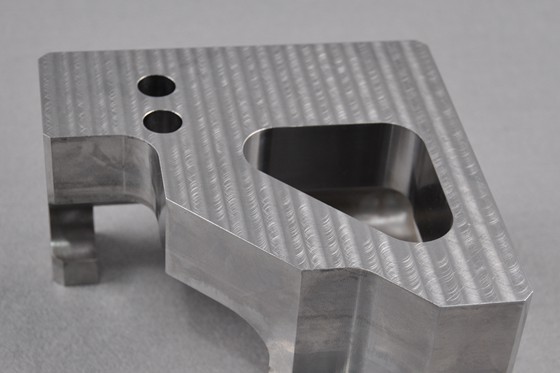
Grades of Steel for CNC Machining
The application of CNC machining spans several materials. Choosing the right material for your project can be tricky, usually involving several factors. However, selecting the material to use, steel, in this case, is just the first step. You still have to choose from the different grades available.
The properties of the steel grades inform their respective use for specific machining projects. Here are some of the commonest grades and their properties.
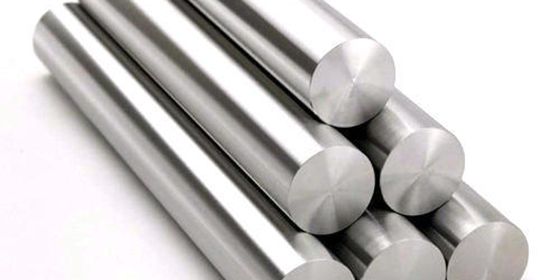
4140 Steel
This grade is low alloy steel, containing low chromium, molybdenum, and manganese. This chemical composition enhances the strength, ductility, and toughness of the steel grade. Also, added chromium content makes this grade more corrosion-resistant.
Consequently, it is used in many industries because of its good machinability and abrasion resistance. However, 4140 steel is not the easiest to weld and may require pre-and post-heat treatment. This grade is often found in CNC steel parts for couplings, spindles, bolts, nuts, and automotive parts.
Mechanical Properties
Yield Tensile Strength (MPa): 655
Shear Modulus (GPa): 80
Elongation at Break (%): 19
Hardness (Brinell): 197
Density (g cm-3): 7.87
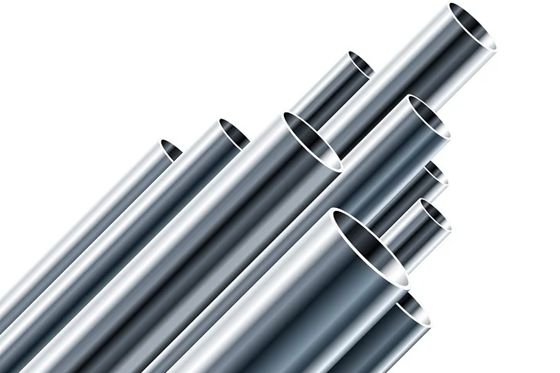
4130 Steel
Compared to normal steel, 4130 steel has higher levels of alloying elements. It consists of iron, carbon, chromium, manganese, molybdenum, phosphorus, silicon, and sulfur. These elements are responsible for the toughness, machinability, and thermal compatibility of this steel grade.
It is commonly used for various construction purposes because of its ability to withstand high stress. Also, it is used in aircraft engine mountings. Manufacturers often favor 4130 steel over aircraft-grade steel because it is cheaper yet as effective.
Despite being easy to treat with heat, 4130 steel is not very easy to weld.
Mechanical Properties
Yield Tensile Strength (MPa): 460
Shear Modulus (GPa): 80
Elongation at Break (%): 20
Hardness (Brinell): 217
Density (g cm-3): 7.87
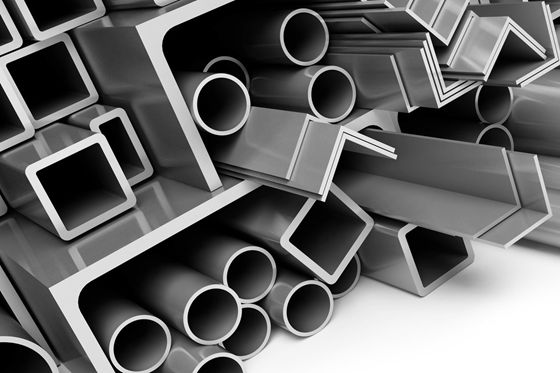
1018 Steel
This steel grade is commonly regarded as mild carbon steel, consisting of iron, carbon, manganese, phosphorus, and sulfur.
The biggest selling point of 1018 steel in steel CNC machining is its high weldability, making it the default option for carburized CNC steel parts. Note, though, that welding is only advisable after carburizing.
Aside from being very weldable, 1018 steel has outstanding machinability. This is the basis for its use for CNC precision machining processes, like turning and milling steel. Practically, manufacturers use it for tie rods, spindles, shafts, and many other mold components.
The major downside to this steel grade is its incompatibility with many finishing processes and its relatively expensive price.
Mechanical Properties
Yield Tensile Strength (MPa): 310
Shear Modulus (GPa): 78
Elongation at Break (%): 15
Hardness (Brinell): 131
Density (g cm-3): 7.87
1045 Steel
This is a medium carbon steel comprising iron, carbon, silicon, manganese, and sulfur or phosphorus. This is one of the most versatile grades of steel manufacturers use for CNC steel parts. 1045 steel is strong and tough, justifying its use in many CNC steel machining projects where water resistance is essential.
Additionally, 1045 steel is machinable and weldable, which are both important factors manufacturers consider when machining steel. The applications of this grade include ales, bolts, gears, shafts, and studs. Essentially, manufacturers prefer it for projects that require extreme speeds.
Despite this steel grade being relatively strong, its use is ill-advised for very strong products because its tensile strength and hardenability are medium at best.
Mechanical Properties
Yield Tensile Strength (MPa): 450
Shear Modulus (GPa): 60
Elongation at Break (%): 12
Hardness (Brinell): 170
Density (g cm-3): 7.87
1215 Steel
This steel grade contains iron, carbon, manganese, phosphorous, and sulfur. Because of this steel grade’s relatively high sulfur content, it is regarded as free machining steel. Also, many refer to it as screw stock because of its use for automatic screw machine processes.
1215 steel forms small chips during machining, allowing for higher machining rates and avoiding entanglement in machines. However, it is not very weldable. Furthermore, it is not as strong as other cold-drawn grades because of its relatively low carbon content.
Industrially, it is suitable for automatic projects where heavy machining is necessary. Its applications include studs, pins, screws, couplings, and hose fittings.
Mechanical Properties
Yield Tensile Strength (MPa): 415
Shear Modulus (GPa): 80
Elongation at Break (%): 10
Hardness (Brinell): 167
Density (g cm-3): 7.87
Benefits and Challenges of CNC Steel Parts
Machining steel parts correctly requires a great deal of experience and skill to produce reliable results every time. Though it is one of the most demanding materials to work with, the benefits you reap from using teel often outweigh the challenges.
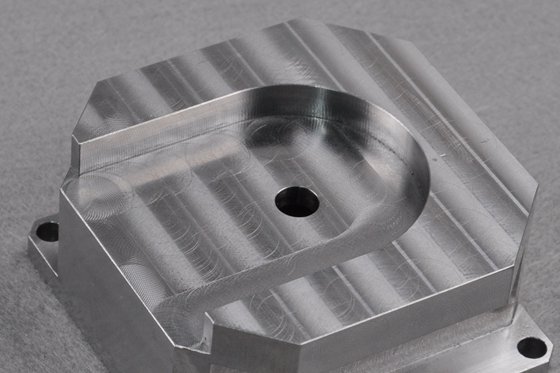
Benefits
Most of the CNC steel parts available today have good machinability, which is the ease at which metals can be cut or shaped to provide a decent result. Factors like the hardness, energy, horsepower, and shear stress impact machinability for steel CNC machining.
Another benefit of CNC steel machining for machine parts is that the products are highly resistant to corrosion and wear. In addition, steel parts are generally compatible with many surface finishes.
Challenges
Despite the numerous benefits, there are some challenges when machining steel parts with CNC. For one, not all steel parts are readily machinable. So, this means it may be difficult to use some steel grades for geometrically complex projects.
Moreover, steel grades have different heat sensitivities. Some grades are unsuitable for CNC steel parts that will be greatly exposed to heat, as they may melt and become deformed.
Surface Finishes and Post-processing Options for Steel Parts
As the name implies, surface finishes are processes after the normal manufacturing of metal parts. The aim is to improve the functionality and aesthetics of these parts. However, different metals require different surface finishes.
For steel parts, below are the common surface finishes applicable.
Powder Coating
Powder coat finish involves depositing dry powder on the surface of the steel. The finish is typically between 0.15 and 0.3 mm thick. The apparent benefit is to increase the CNC steel parts’ resistance to corrosion.
Carburizing
Carburizing hardens metal surfaces. The process revolves around heating steel metal in the presence of materials containing carbon, like carbon monoxide and charcoal. Besides hardness, carburizing also enhances the resistance of the CNC steel parts to wear.
Nickel Plating
This surface finish involves electroplating steel metal by adding a thin layer of nickel, around 0.1 mm. This can improve the resistance of the steel parts to corrosion and wear.
Grinding
Grinding helps to smoothen the steel surface, removing irregularities. Manufacturers do this using a grinding wheel.
Machining Steel vs. Aluminium: What’s the Difference?
One of the reasons CNC machining is so widespread today is its compatibility with various metals and even plastics. Nonetheless, the two commonest materials for CNC machining are steel and aluminum. Manufacturers often have to choose between just these two. Below is a comparison of the CNC steel machining and CNC aluminum machining.
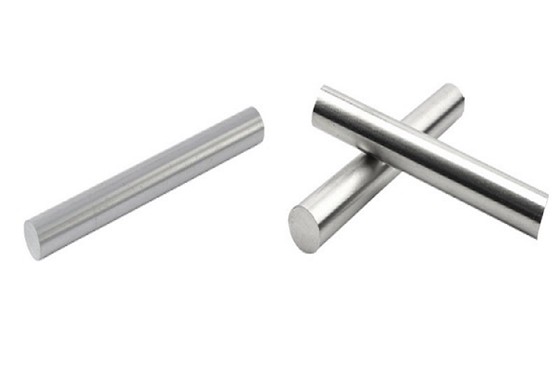
Machining Steel vs. Aluminium: Machinability
Machinability depends on a variety of factors, including the hardness and strength of the metal. Generally, the harder a metal is, the lower its machinability. That principle holds true for aluminum too.
Steel has a higher Brinell hardness range (80 and 600) than aluminum (around 15). Similarly, steel has higher tensile and yield strength than aluminum. Therefore, steel is stronger but less machinable.
Machining Steel vs. Aluminium: Speed
Because aluminum is lighter than steel, machinists can work on it at a faster pace. Also, aluminum cools faster than steel after heating. This implies that there are longer manufacturing cycles when machining steel.
Machining Steel vs. Aluminium: Cost
Many times, the decision between steel and aluminum boils down to cost. This is especially so when both materials are suitable for a particular project. While there are different kinds and grades of these metals, steel CNC machining generally costs more than aluminum.
Which Should You Choose?
The first factor you should consider is the type of product you need. Steel would be more suitable for products exposed to high temperatures because of its higher melting point. On the other hand, aluminum is more suitable for lightweight parts, especially if conductivity is essential.
Applications of CNC Steel Parts
CNC steel parts are present in many industries today, including the medical, automotive, and electronics industry. More specifically, steel CNC machining is helpful for medical instruments, machinery parts, vacuum pressure vessels, and gears.
Steel CNC Machining Services at Wayken
Steel CNC parts are common in several industries today. Before the CNC steel machining, manufacturers must settle on a steel grade. This involves assessing the various properties with project needs. After considering all factors, quality machining services are crucial.
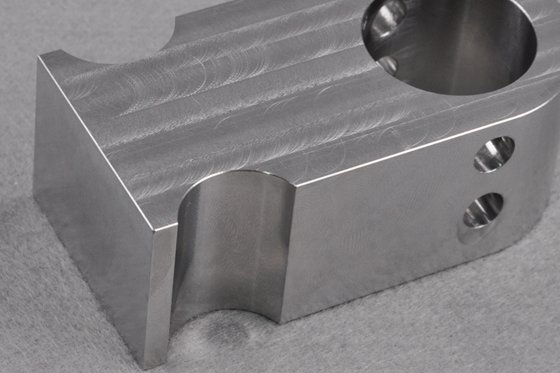
At WayKen, we have dedicated experts that can handle all of your steel CNC machining services. We can assure the precision, quality, and affordability of your project components. Specifically, we handle CNC steel milling, turning, grinding, EDM, and wire EDM.
Upload your CAD files today for one-on-one support service, and you will get a response within 12 hours.

